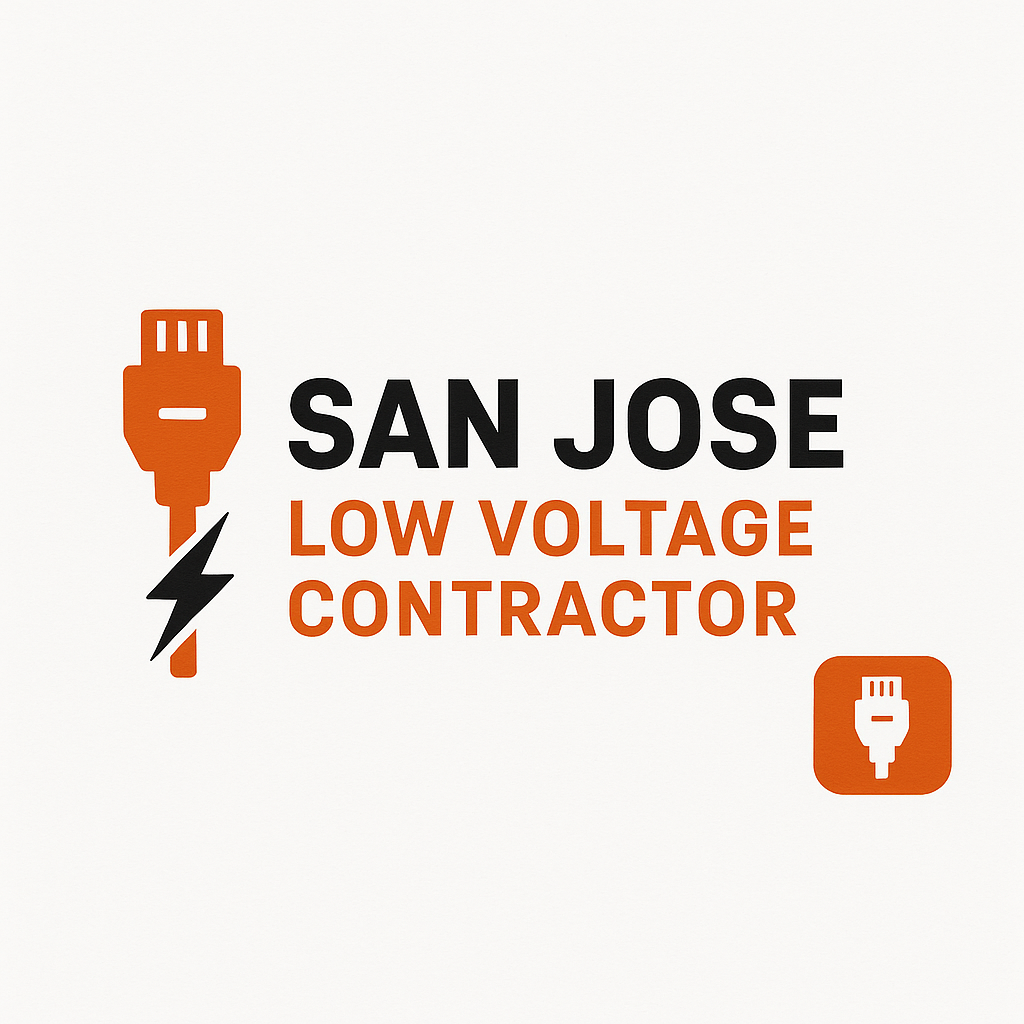How to Plan a Network Cabling Layout in San Jose: A Complete Step-by-Step Guide
Designing a reliable and efficient network cabling layout is a critical step for any business or facility in San Jose. Whether you’re setting up a new office, upgrading an existing network, or expanding your IT infrastructure, proper planning ensures strong connectivity, minimized downtime, and long-term scalability.
In this guide, we’ll walk you through how to effectively plan a network cabling layout, with considerations for San Jose’s local business environment, building infrastructure, and technical standards.
Understanding the Importance of Network Cabling Layout
A network cabling layout serves as the backbone of your digital infrastructure. It connects computers, servers, wireless devices, and telecommunications systems into one efficient network. When done properly, it supports faster data transfer, reduces interference, and allows for future upgrades without major disruptions.
In San Jose—home to numerous technology-driven companies and startups—having a well-planned network cabling system is vital for maintaining productivity and ensuring your business stays competitive.
Step 1: Assess Your Networking Needs
Before running any cables, assess the specific networking needs of your building or facility. Consider:
- Number of devices: Include computers, printers, VoIP phones, access points, and security cameras.
- Bandwidth requirements: Evaluate the data load your network will handle daily.
- Growth potential: Plan for future expansion, especially if your business expects rapid growth.
- Type of applications: High-demand applications such as video conferencing or data analytics may require higher speeds and dedicated wiring.
A clear understanding of your current and future requirements will shape the type of cabling system you install.
Step 2: Create a Detailed Floor Plan
Developing a comprehensive floor plan is essential for efficient cable routing. The layout should include:
- Equipment room and data center locations
- Workstation and device positions
- Cable pathways and conduit routes
- Power outlet placement
In San Jose’s commercial buildings—especially those in downtown and industrial zones—many structures have unique layouts that can affect cable routing. Always verify ceiling types, wall materials, and access points before finalizing the plan.
Step 3: Choose the Right Cable Type
The choice of cabling depends on performance needs and environmental factors. Common cable types include:
- Cat5e: Suitable for small offices with basic connectivity needs.
- Cat6: Ideal for high-speed data transmission up to 10 Gbps over shorter distances.
- Cat6a or Cat7: Recommended for future-proof installations or larger data networks.
- Fiber optic cable: Best for high-speed and long-distance connections, often used in data centers and backbone systems.
In San Jose’s modern office environments, Cat6 or fiber optic cabling is often preferred for new installations due to their performance and longevity.
Step 4: Consider Local Building and Safety Standards
Before installation, check San Jose’s local building codes and low-voltage wiring regulations. Proper labeling, grounding, and fire safety compliance are essential to ensure your system meets local inspection standards.
Most commercial spaces in the city require cabling to be properly secured in cable trays or conduits and kept separate from electrical wiring to avoid interference. Consulting a certified low-voltage contractor familiar with local codes helps ensure compliance and safety.
Step 5: Plan Patch Panels and Network Racks
Organizing your cabling system is just as important as the installation itself. Designate areas for:
- Patch panels: For centralizing and labeling cable connections.
- Network racks or cabinets: To store switches, routers, and other equipment neatly.
- Cable management systems: To maintain an orderly and easily serviceable setup.
Efficient organization improves airflow, simplifies troubleshooting, and enhances overall network reliability.
Step 6: Label and Document Everything
Clear labeling and documentation make ongoing maintenance easier. Each cable should be labeled with its destination point, and all connections should be recorded in a network map.
Proper documentation ensures quick problem-solving when performing upgrades or repairs. In San Jose’s fast-paced business environment, minimizing downtime is crucial—well-documented cabling helps achieve that.
Step 7: Test and Certify the Installation
After installation, every cable should be tested for continuity, performance, and signal strength. Certification ensures your network meets performance standards such as TIA/EIA guidelines.
Professional testing verifies that the system can handle high-speed data transfer and helps prevent issues like cross-talk or interference.
Step 8: Plan for Future Scalability
Your cabling system should be built with future upgrades in mind. When designing, consider extra conduits or additional cable drops for expansion.
San Jose’s growing tech scene means businesses often adopt new technologies rapidly—scalable cabling ensures your network can adapt without major rewiring.
Benefits of a Well-Planned Network Cabling Layout
- Improved performance and reliability
- Easier troubleshooting and maintenance
- Compliance with safety and building codes
- Reduced downtime
- Scalability for future growth
A carefully planned layout not only enhances day-to-day performance but also contributes to long-term cost savings and operational efficiency.
Conclusion
Planning a network cabling layout in San Jose requires careful consideration of your business’s technical needs, local building standards, and future scalability. From assessing requirements to testing the final system, each step ensures a dependable network infrastructure capable of supporting modern digital demands.
Whether you’re setting up a small office or a large commercial facility, proper planning is the foundation of a strong and efficient network.
